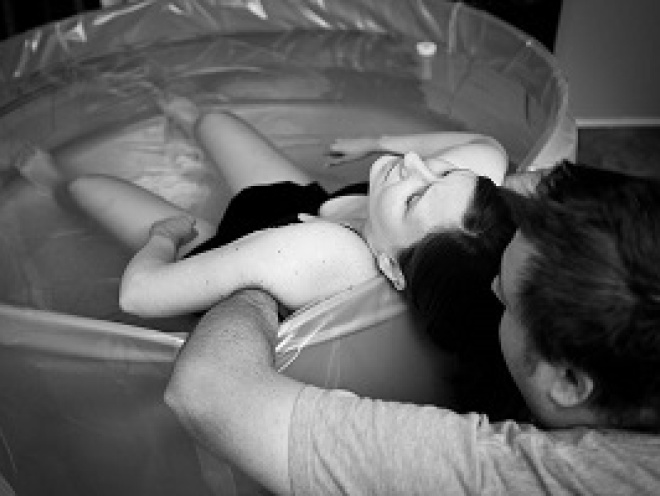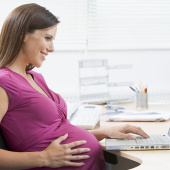If you’re thinking of having your baby in your own home, you’ll want to prepare in advance. Here’s a list of the equipment you’ll need…
What does the midwife bring?
A midwife supporting a home birth brings – along with their expertise – all items needed for a routine birth. This includes equipment to monitor you and your baby during labour and complete the necessary checks after birth.
They will also bring specialist kit for emergency situations, including tools for baby resuscitation and to address significant blood loss.
In some areas, a midwife will bring a homebirth kit round to your home near to the end of your pregnancy. It could include things like:
- absorbent pads
- pain relief in the form of a canister of Entonox (gas and air)
- a TENS machine
- a birth pool (check this is available in your area)
After you have given birth, your midwife will take away the placenta and cord if you wish.
If you have a home birth without planning to, or if things happen unexpectedly, a paramedic and midwife will attend your home. They will have everything they need with them to support the safe birth of your baby.
Your own home birth checklist
There are some items which your midwife will probably ask you to have ready at home before you go into labour. These include:
- your maternity notes.
- your birth plan.
- blankets and/or towels to keep you and the baby warm and dry after you give birth. Extra if you're using a pool and may get in and out.
- a directable light source, such as a desk light or head torch, so your midwife can check your vagina, perineum, and your baby after the birth. This is especially relevant if you want the lights kept low.
- access to a kettle for a cuppa.
Some other items you might like to consider having ready, include:
- something to protect the area you want to give birth in as you move around, like newspaper or plastic sheets, and bin bags for rubbish and laundry.
- bowl or bucket for if you're sick – which is a common experience in labour.
- food and drink for you and your birth partner.
- items that aid atmosphere, comfort and relaxation, like candles (although not if you're using Entonox), hot water bottle, massage aids and oil, flannels for hot or cold compresses.
- something to listen to or watch for relaxation or distraction.
- birth ball.
- non-medical cord tie, if you plan to use one.
- whatever you want to wear in labour, which might include a big t-shirt, a bikini top, hair ties, or nothing at all.
- maternity pads.
- TENS machine, if you want one (some trusts do provide them so ask your midwife).
- something to dress or wrap the baby in, and a nappy.
- everything you would pack for a hospital birth for if you decide or need to transfer.
- a freshly made up bed, with a thick plastic sheet, covered with something absorbent and then another sheet over the top. If your waters break while you're sleeping or if you use your bed at all during labour or birth, this makes it easy to remove the wet layers and you have a fresh bed to climb into with your baby.
- somewhere for the midwife to put their birth kit.
There may also be some arrangements that need to be made during your labour, and it's useful to have a phone number for your midwifery team to hand. It's a good idea for a birth partner to have access to this, as you'll be busy.
If you’ve got older children, you might want to consider having someone on hand to look after them who is available to cover day and night.
This page was last reviewed in August 2022.
Further information
Our support line offers practical and emotional support with feeding your baby and general enquiries for parents, members and volunteers: 0300 330 0700.
We also offer antenatal courses which are a great way to find out more about birth, labour and life with a new baby.
Make friends with other parents-to-be and new parents in your local area for support and friendship by seeing what NCT activities are happening nearby.
NCT home birth support groups: call 0300 330 0770 or email enquiries@nct.org.uk to find one near you.
The Home Birth Reference Site provides information and opinions about having your baby at home, for parents who think that it might be the right choice for them, and for health professionals looking for resources.
Which? and Birth ChoiceUK have developed a tool to help you find out what your choices are for giving birth in your area. This tool combines your preferences with research evidence to show the local options most suited to you.






